19 Human Digestive System Facts That are Not Known to Most of us Humans
How well do you know your body? The human digestive system is complex and has different working parts.
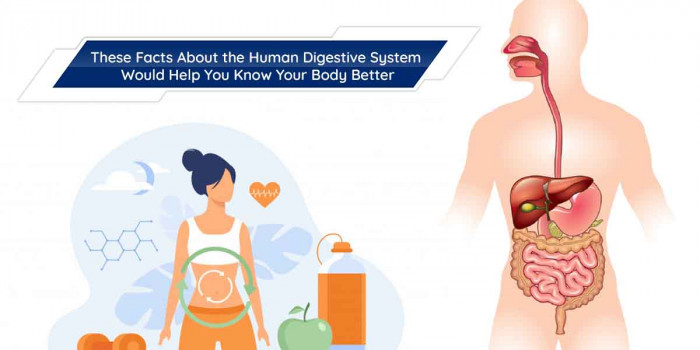
Science is not a favorite subject for all, but it comprises interesting topics and facts that your teacher might not have told you. Humans know about their bones and other organs but don't pay attention to the digestive system. You must have read about the digestive process in school, but several things are still not known.
For instance, do you know the digestive system is cancer-prone? According to research, over 250,000 Americans develop cancer of the gastrointestinal tract, including the colon, rectum, and esophagus. The digestive system is home to cancers and causes cancer mortalities.
Let us read more about the human digestive system and its lesser-known facts.
1. The Small Intestine Has a Large Surface Area
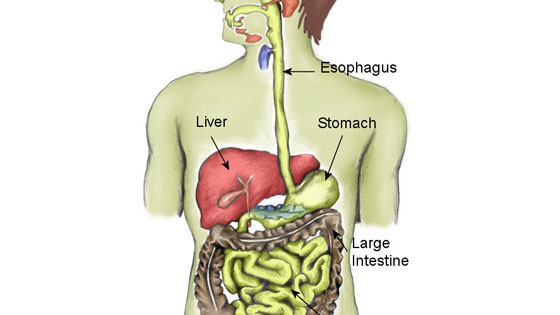
The small intestine of the adult is around 22 ft long. The small intestine has many folds and finger-like projections; therefore, it has a larger surface area. The surface area is important because it is built to absorb nutrients from food.
The absorptive area of the small intestine is about 250 meters. It is the longest part of the GI tract and works with the other organs of the digestive system to digest food after it leaves the stomach.
2. Your Stomach Doesn’t Do Most of the Digestion
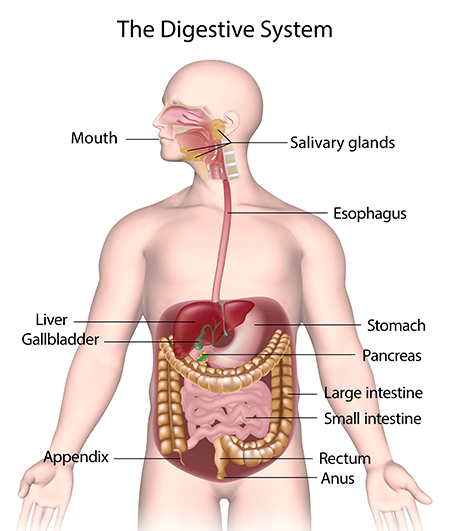
You must have read that the stomach plays a crucial role in digestion. It churns food and mixes with gastric juices. Furthermore, it breaks food into pieces and turns them into a paste chyme.
But do you know the stomach is not majorly involved in the digestion process? It reduces food into small pieces, which is necessary for nutrients. Instead, the small intestine makes up two-thirds of the length of the digestive tract. After breaking down the chyme with a powerful enzyme, the intestine absorbs the nutrients.
3. Food Doesn’t Need Gravity to Reach Your Stomach
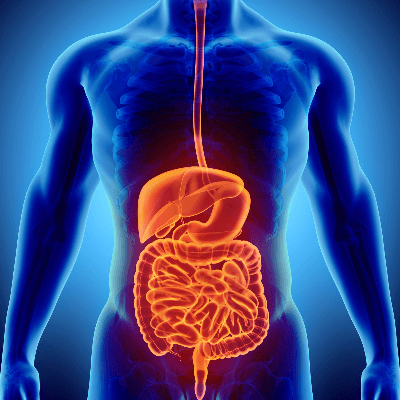
Food is passed down through the esophagus. The muscles of the esophagus moved down to the stomach. This means the passing of food is not connected to gravity. Also, you can eat while standing on your head.
4. Swallowing is a Complex Operation

The human digestive system is complex. It takes nearly 3-5 seconds for food to make its way to the esophagus into the stomach. After you chew your food, it is formed into a bolus. Swallowing is a complex process in which the bolus is moved into the pharynx. The bolus is then moved down through muscle movements that are known as peristalsis.
5. It Smells Bad When You Pass a Gas Due to Fermented Bacteria

Have you ever wondered why it smells bad when you fart? If it smells bad, then you must have eaten a bad thing. Gas is a byproduct of digestion. According to Dr. Raymond,
“During digestion, gut bacteria produce sulfur-containing compounds like hydrogen sulfide that create a stench in your gas.”
The odor is not awful. It is a function of what you are eating. Foul smell means carbohydrates you are consuming are being malabsorbed.
There can be several reasons why your farts smell bad. For instance, high-fiber foods pass more gas. Foods rich in fiber take time to digest and ferments over time.
Also, if you are allergic to some foods, then gas could have a bad odor. Several medications could also cause smell. Constipation also hints that you have built up poop. If you are unable to poop regularly, then it can cause bacteria to develop, resulting in a foul smell.
6. Aerobic Exercise is the Best Exercise to Keep the Digestive Tract in Shape

Aerobic exercises like cycling and swimming are great ways to improve gut health. These exercises increase blood flow to the organs and result in stronger intestinal contractions. When you exercise, your body is not used for digestion. It slows down digestion and diverts blood. Doing regular exercise and consuming a healthy diet treats constipation and boosts healthy digestion.
7. The Second Part of the Small Intestine is Jejunum
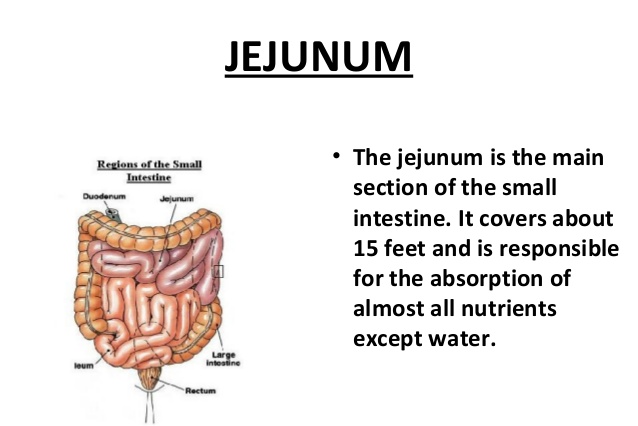
Apart from human beings, Jejunum can be found in reptiles, birds, and mammals. Its lining is specialized for the absorption of enterocytes and small molecules, which are digested by enzymes in the duodenum. It lies between the duodenum and the ileum and starts at the suspensory muscle of the duodenum. The term jejum is derived from the word jejunus, which means hungry.
8. Stomach Rumbling Can Happen Anytime

Stomach rumbling, or better known as Borborygmi, is the result of peristalsis in the small intestines. When the tract is empty, Borborygmi are louder because there’s nothing in there to make a sound.
Also, when muscles in the digestive system move food and gas through the small intestine, it produces a rumbling sound. If you want to stop making growling sounds, then drink water, eat and chew slowly, and limit gas-triggering foods.
9. The Human Digestive System Includes 10 Organs
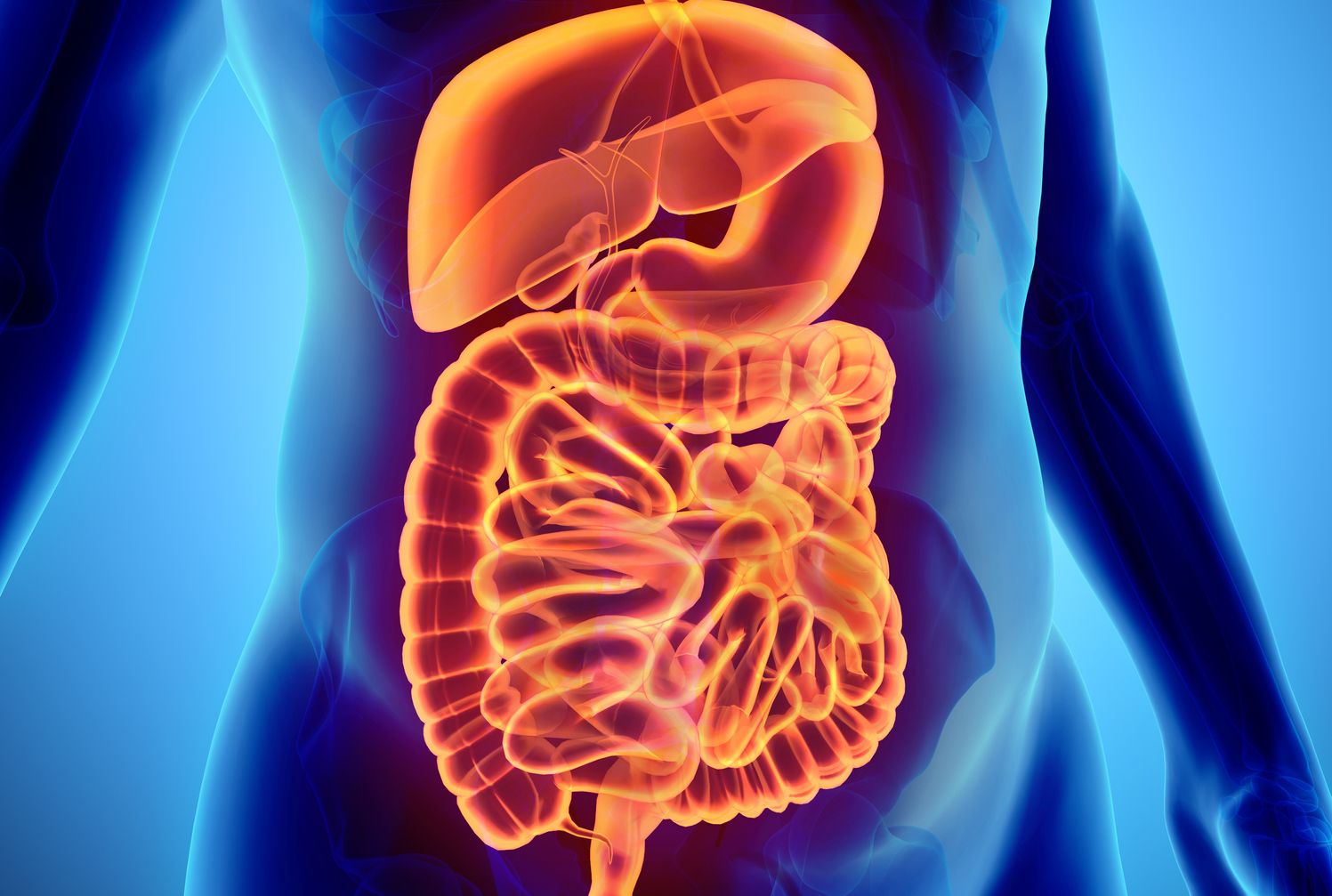
You won’t believe it, but before you take your first bite, salivary glands start producing enzyme-rich saliva. These glands are the first to be involved in the digestive system.
The human digestive system comprises ten organs that span the length of the torso. The stomach, liver, esophagus, pancreas, rectum, and other organs are involved in the digestion process.
10. It Feels When You Are Stressed or Nervous
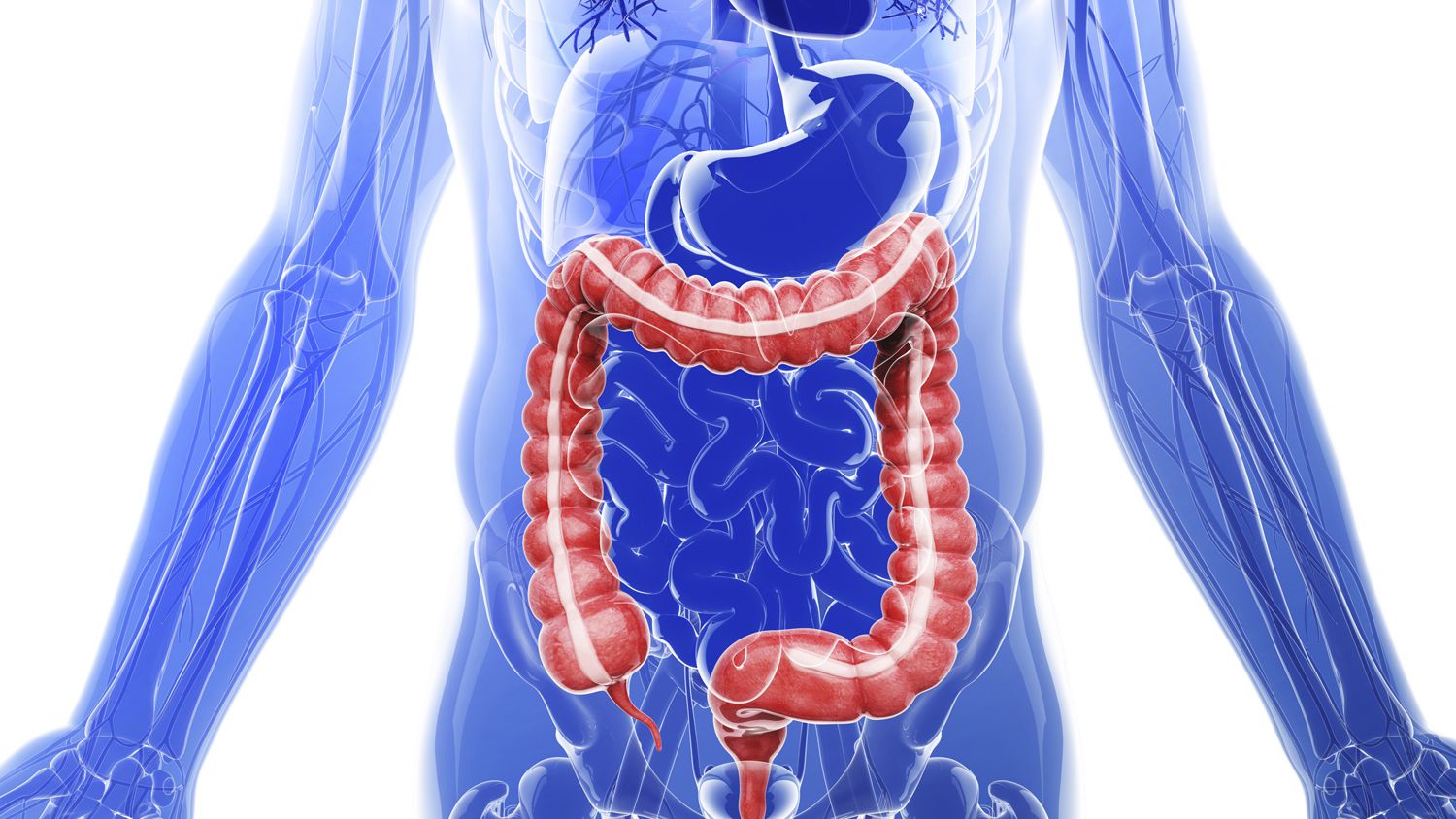
A board member of the American Gastroenterological Association of Center for Gut Microbiome Research and Education, Preidis said,
“I think everybody can envision a circumstance in their own personal life in which there has been a really stressful situation and they’ve experienced some sort of gastrointestinal symptom, whether that is pain or a change in their bowel habits.”
When a response is triggered in the brain, it causes digestion to slow and allow the body to focus on whatever you are facing.
11. Coffee has a Laxative Effect and Makes Some People Poop

Scientists are not sure about this phenomenon, but they know that coffee stimulates the large intestine. They believe that a compound in coffee leads to the production of stomach acid. This transports food at a faster rate.
Coffee is the best stress booster; however, it also stimulates the urge to poop. According to studies, it activates contractions in the colon and stimulates intestinal muscles.
12. You Don’t Have to Wait for 30-45 Mins to Swim After Eating

It is a myth that after you eat, blood diverts to the body’s core and weakens your limbs, thus, increases the risk of drowning. In reality, blood flows from the muscles to the digestive tract but isn’t capable of changing or rendering legs immobile in the water.
13. The Human Digestive System Has Detergents
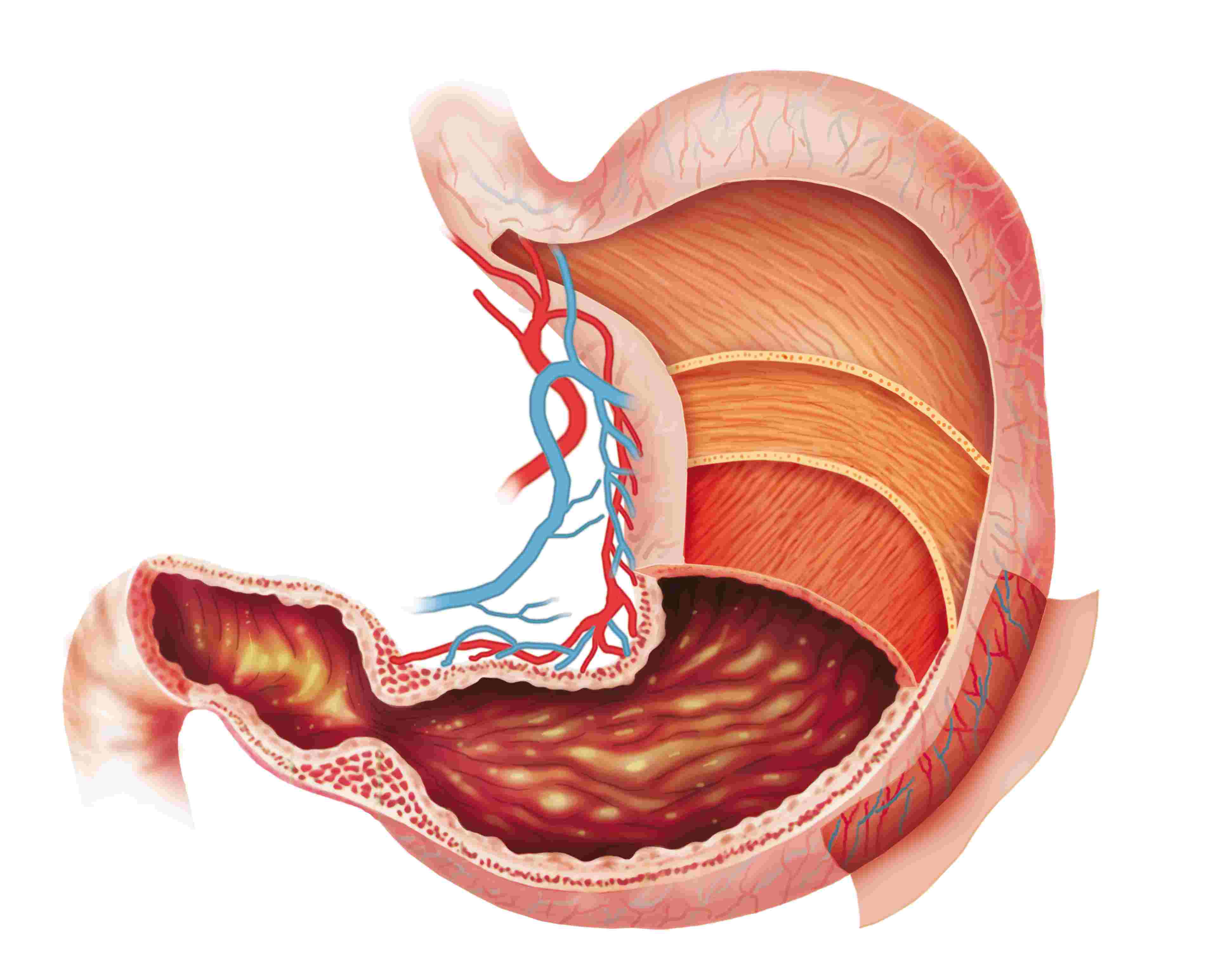
The laundry detergents that you see in advertisements have enzymes to remove stains. Some of these enzymes are also present in the stomach, and without them, you can’t absorb fats. With these enzymes, the digestive enzymes break down the fat.
14. The Acid in Stomach is Enough to Burn Your Skin
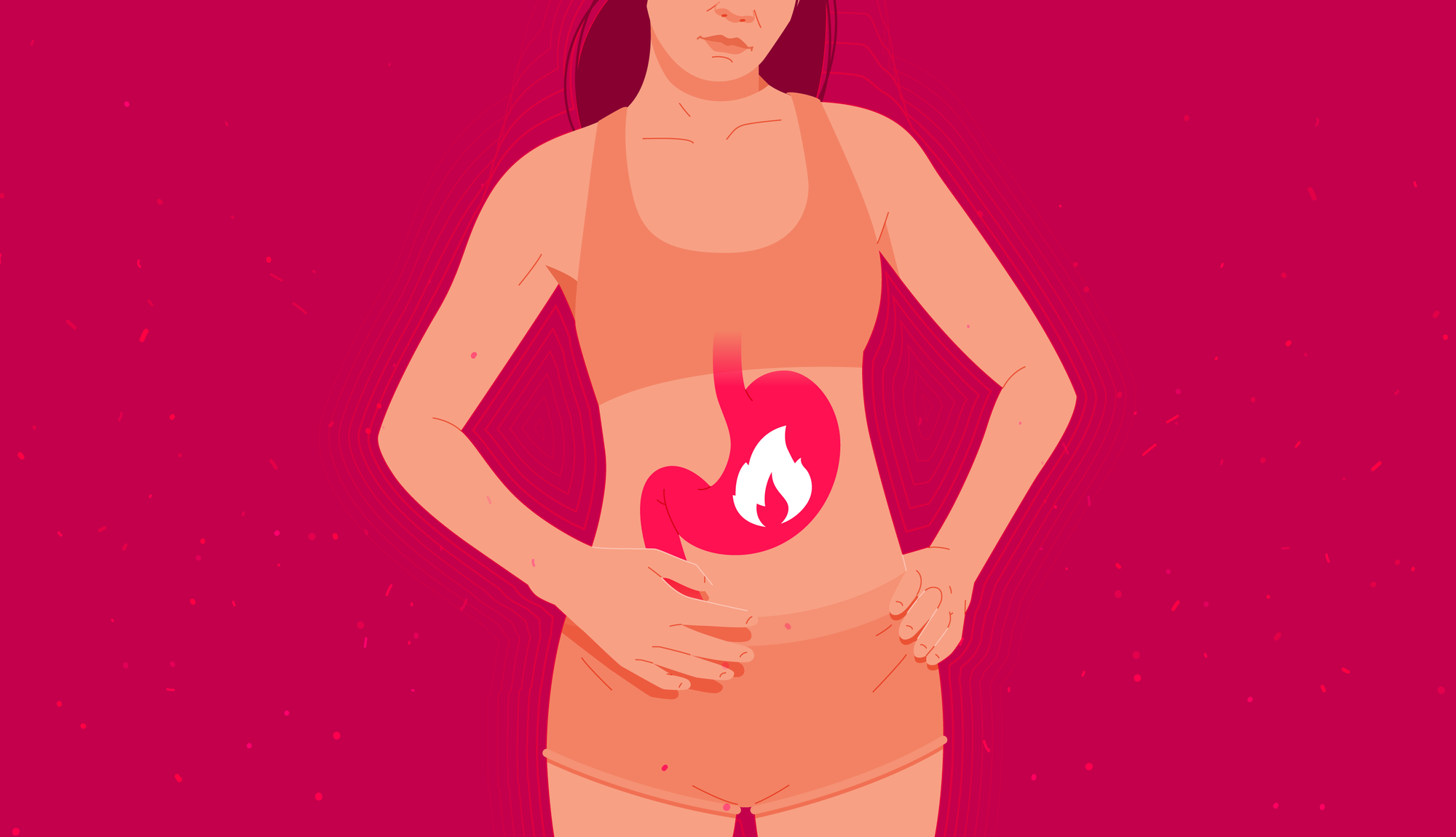
This is true, but have you ever thought why it doesn’t burn your stomach then? The stomach has a thick layer of mucus that protects the stomach lining and keeps acid inside.
Sometimes, gastric acid leaks into the esophagus, and you feel like heartburn. Proton pump inhibitors are drugs that reduce acid production and allow the esophagus to slow down or to heal.
15. Human Produce Two Pints of Saliva Every Day

On average, a human produces two pints of saliva every day, which equals 32 ounces or two cans of soda. Saliva also breaks down the food as soon as they enter the mouth. That means the digestive process starts before food reaches the stomach. Saliva is made up of water and does not contain other substances. It also coats the food to protect our teeth.
16. Small Intestine Can Reach Up to 20 ft in Length and Have a Diameter of 1 inch
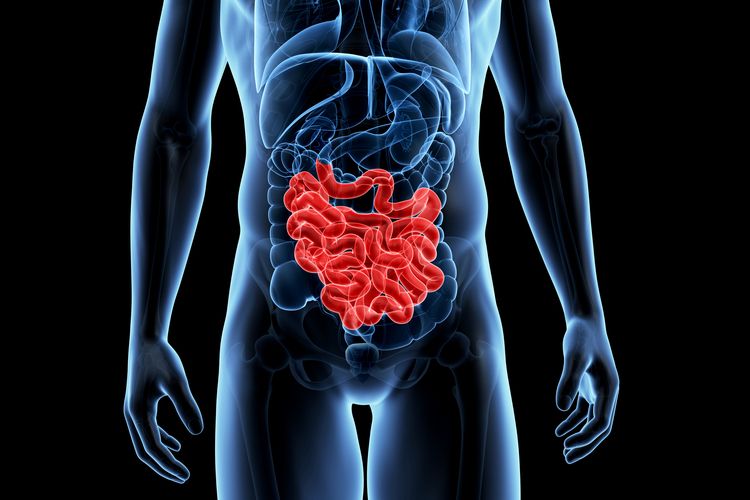
The gastrointestinal tracts of the orangutan and adult humans were compared and studied by Stephens and Hume in 1995. It absorbs most of the nutrients from the food we eat. By the time food reaches the small intestine, it is mashed into liquid by the stomach. It is narrower than the large intestine and exhibits movements in the abdominal cavity.
17. Your GI Tract Plays a Host to 500 Species
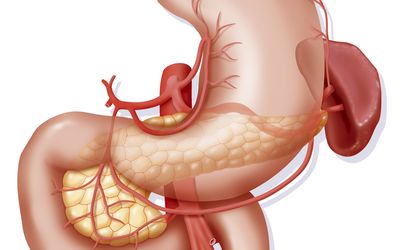
We are not born with a single bacteria in the digestive system. But within the first month, they develop in the large intestine. There exist some friendly bacteria that fight off disease-carrying organisms.
18. Your Body Has Two Brains

Don’t believe it? The human digestive system has its mini-brain. The functioning of the digestive system is controlled by the enteric nervous system (ENS), which is regulated by the same neurotransmitters.
19. Drinking Affects the Texture of the Stool

The large intestine, or colon, is a hollow organ and measures 5 ft long. A colon is longer than normal. It receives about one quart of liquid from the small intestine.
The large intestine is made up of the ascending colon, the sigmoid colon, and the rectum. There’s a great variation in the frequency. The stool moves once or twice a day into the rectum while preparing for a bowel movement. Drinking plenty of water keeps stool soft and contributes to a bowel movement.
Final Words
After reading these human digestive facts, you can say that the digestive system acts like a brain. It commands digestive organs to break the food and then process it. It is one of the essential parts of the body that helps the body function.
Did you know these facts about the human digestive system? If so, then share the facts below.
Popular Posts
What Is Trypophobia – A Disgust More Than Fear
"I can't really face small, irregularly or asymmetrically placed holes, they make me like, throw up in my mouth, cry a little bi...
Chandan Roy
16 Interesting Facts About Ambidextrous People
A lefty or left-handed uses his left hand more naturally and dominantly than the right hand. And the righty or right-handed is o...
Ethan Stephans
20 Interesting Facts About Meteoroid, Meteor and Meteorite
Watching celestial objects is a true delight. It is still fun to catch a sight of shooting stars when we grow up. A second of th...
Swati Bhandari








